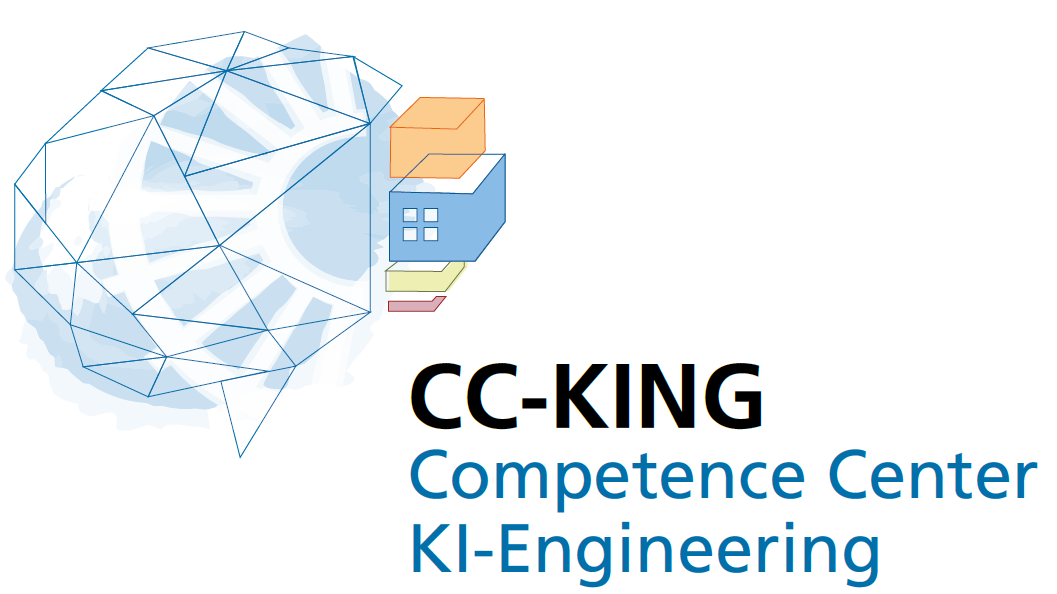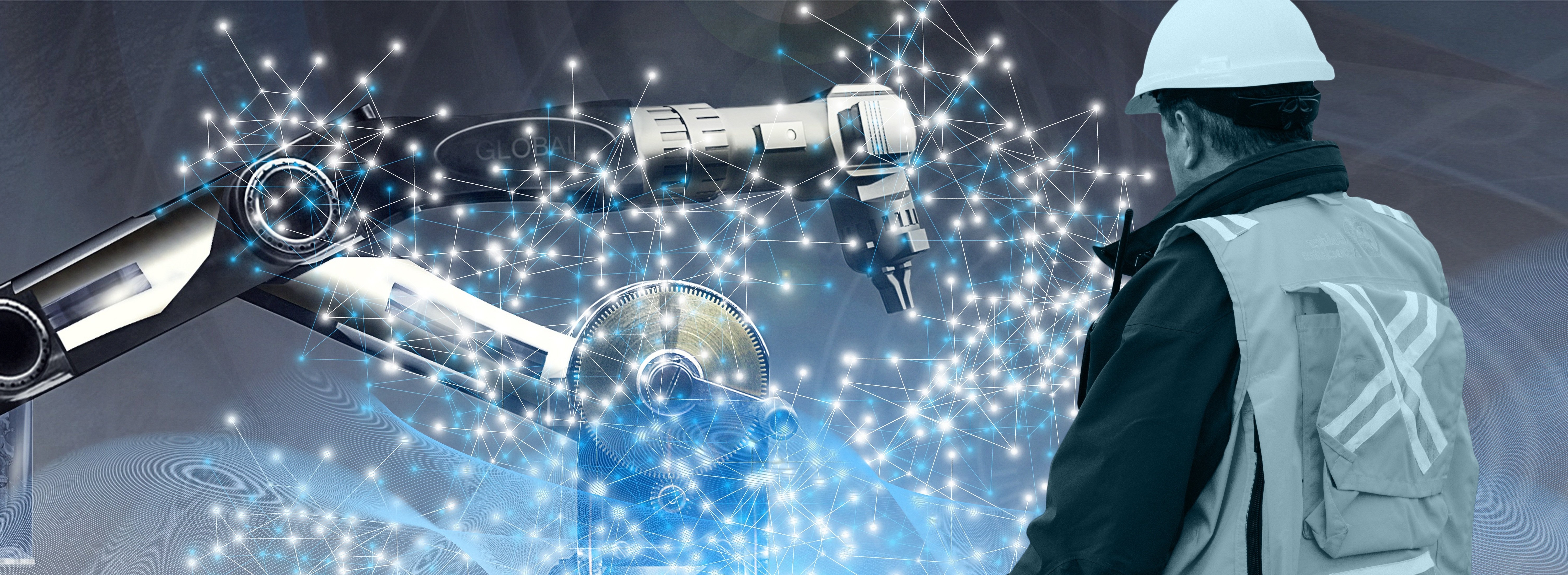
Initial situation
The company EKS InTec GmbH is working in the field of virtual commissioning of complex production lines and special purpose machines. One of its areas is the development of digital twins as substitute models to reproduce the behavior of production components in simulated production lines. Having an existing physical component at hand, the digital twin can be developed using this behavior real device. If this is not available, the respective behavior model of the component has to be created manually by virtual commissioning engineers or simulation experts. Normally, this is done on the basis of historically recorded signal data, the documentation of the component and by means of reverse engineering. Hence, the effort can become time-consuming and the project complex.
Problem definition
Sometimes, modern components already provide a "black box" behavior model. In existing plants, however, there are still many "brownfield" components: In here, digital behavior models are missing and have to be integrated into the digital twin with manual effort. This QuickCheck is used to investigate to what extent an AI can learn such a behavior based on historical data and support simulation engineers in their work of reverse engineering.
Solution
To solve the problem, based on historical data transition matrices were calculated and learning state machines developed. The goal was to identify how many and which states are present in the component. Furthermore, it should be shown, which transitions occur in the component. In addition, the probability of a transition was calculated.
QuickCheck results
The QuickCheck results showed that by describing a component in the form of a state machine, it is possible to quickly obtain an overview of the entire behavior of the component. In addition, it was possible to describe how the input signals relate to the output signals of the component in the form of heat maps. In summary, the results of the QuickCheck provide a possible entry point how an AI can support experts in their work.
 Competence Center AI Engineering
Competence Center AI Engineering